RIDING THE WAVE

How Ocean poweR IS RESHAPING RENEWABLE ENERGY
As global electricity demand surpasses 30,000 TWh annually, wave energy stands out as one of the largest untapped renewable resources. Driven by persistent winds and atmospheric pressure gradients, surface waves carry immense kinetic and potential energy across vast distances. By capturing even a fraction of this power, coastal regions can secure a continuous, predictable supply of clean electricity, bolstering grid resilience and reducing reliance on fossil fuels.
What Is Wave Energy?
Wave energy converters (WECs) transform the mechanical motion of ocean waves into electricity. As wind transfers energy into the water, waves propagate it until they dissipate onshore. WECs—ranging from floating buoys to partially submerged chambers—absorb wave-induced motion via hydraulic pistons, air turbines, or linear generators, and feed the resulting power into the grid.
Why Wave Energy
Matters
Massive Theoretical Potential
Academic analyses and the IPCC’s 2012 SRREN report estimate global wave energy potential at roughly 29,500 TWh per year—over ten times Europe’s annual consumption [1]. Since the first patent in 1799, leading wave energy developers have pursued commercialization and innovation.”

Intelligent Control and Resilience
Modern WECs employ adaptive Maximum Power Point Tracking (MPPT), continuously optimizing energy capture under changing sea states and detecting system faults before they escalate—thereby strengthening grid integration and operational uptime [2].

Continuous Baseload Capability
Unlike solar or wind, which fluctuate with daylight and weather, waves run day and night. This persistence makes wave energy an ideal baseload source that can smooth variability in broader renewable portfolios.

ROADMAP TO THE FUTURE
OF WAVE ENERGY
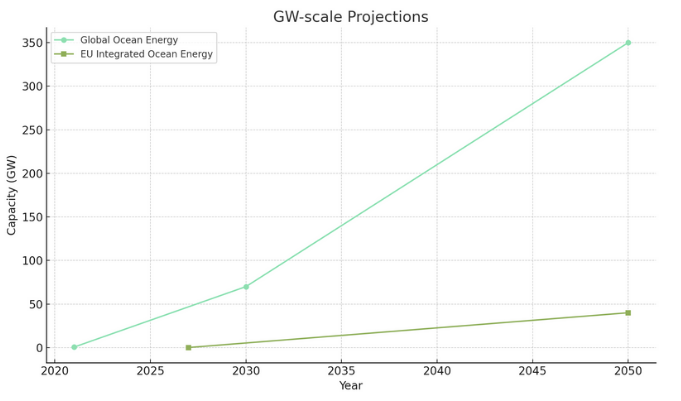
Global wave energy capacity is projected to rise from 0.535 GW in 2021 to 70 GW by 2030 and 350 GW by 2050.
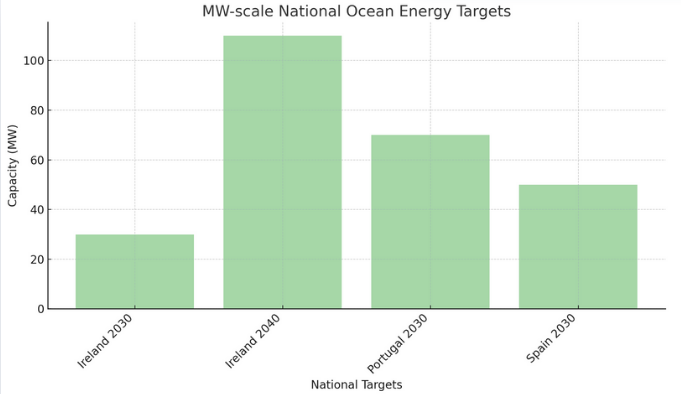
Ireland, Portugal, and Spain have set national wave energy targets ranging from 30 MW to 110 MW between 2030 and 2040
How Wave Energy
Works and
Evolving
Technologies
SEVERAL WEC ARCHITECTURES
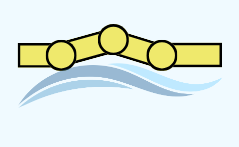
Attenuator
Long, hinged structures that flex under passing waves, driving hydraulic pumps at their joints.
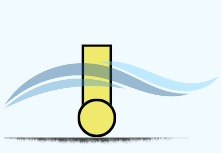
Oscillating Surge
Partially submerged chambers that compress and decompress trapped air with wave-induced water level changes, powering bidirectional air turbines.
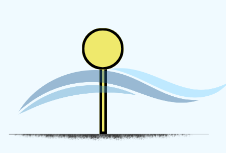
Point Absorber (Single Body)
Buoy-like devices oscillating vertically (and sometimes laterally), converting multi‐axis motion into electricity via linear generators.
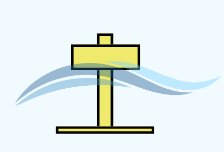
Point Absorber (Two Body)
A two-body point absorber converts the relative motion between a surface float and a submerged reaction mass into electricity via a power‐take‐off system.
Envıronmental
and Economıc Consıderatıons
Low Lifecycle Emissions
Ocean energy systems emit on average 17 gCO₂e/kWh over their lifecycle—comparable to onshore wind and far below fossil fuels [3].
Minimal Marine Impact
When sited and monitored correctly, WECs’ low-profile, submerged designs limit visual intrusion and acoustic disturbance to marine life.
Falling Costs & Rising Investment
LCOE currently averages USD 0.57/kWh (projected to fall to ~USD 0.30/kWh by 2033) nrel.gov; in 2023 Europe saw €195 M in public funding and a 75 % jump in private investment marks-clerk.com
WaveGenX’s Role ın
the Transıtıon
By simplifying project execution and ensuring system reliability, WaveGenX empowers utilities, industries, and communities to ride the wave toward a cleaner energy future.
AI-Enabled Operations:
Real-time analytics forecast maintenance needs, optimize capture efficiency, and interface seamlessly with grid operators.
Rapid Deployment:
Prefabricated steel frames and plug-and-play electrical skids cut installation time.


